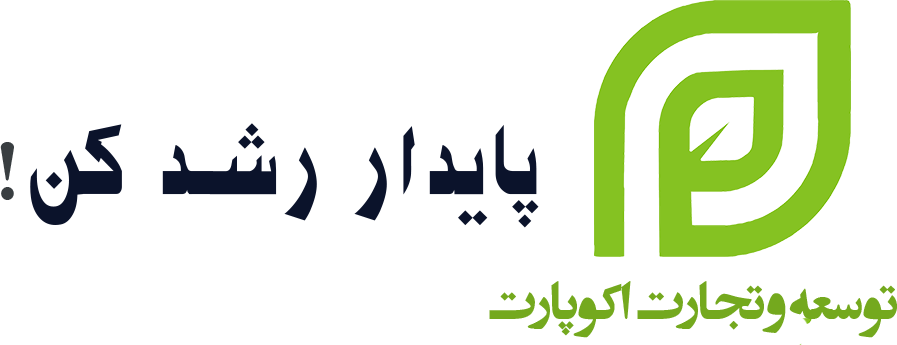در چند دهه اخیر اقتصاد چرخشی (CE) به یکی از موضوعات برجسته در ادبیات علوم طبیعی و مدیریت تبدیل شده است. اقتصاد چرخشی یک سیستم احیا کننده دو حلقه¬ای است که بر استفاده موثر و کارآمد از منابع در اکوسیستم تمرکز دارد که برای بهینه سازی عملکرد محیطی و اقتصادی مفید است. ابتکارات دوگانه CE به شرکت¬ها اجازه می¬دهد تا بهره¬وری و همچنین اثر بخشی زیست محیطی منابع را افزایش دهند. اقتصاد چرخشی پیامدهای عمیقی برای مزیت اقتصادی و عملیاتی دارد. این امر نیاز به تأمل در تعریفی را ایجاب می¬کند که ممکن است دستورالعمل¬هایی را برای ارزیابی و پیشبرد عمق و تنوع این مفهوم ارائه دهد. هدف این پژوهش ارائه یک تحلیل تعریفی از اقتصاد چرخشی و پیشنهاد جریان¬های تحقیقاتی آینده برای پیشبرد ادبیات موجود است. برای این منظور، از مرور ادبیات سیستماتیک برای جمعآوری نشریات مرتبط در اقتصاد چرخشی استفاده شد. در نتیجه، در مجموع 112 مقاله انتخاب، مطالعه و تجزیه و تحلیل شد و یک تعریف کاربردی از اقتصاد دایره¬ای ارائه شد که شامل عناصر اصلی شناسایی شده، فرآیندهای برنامه¬ریزی سازمانی، مشتریان و جامعه، استفاده از اکوسیستم و جریان¬های منابع اقتصادی می باشد.
شایستگی های کلیدی برای طراحی در یک اقتصاد چرخشی
چکیده:
Key competencies for designing in a circular economy
Fatemeh Shahdkar , Taghi Torabi
Abstract
The circular economy (CE) has become a prominent topic in the literature of natural sciences and management in recent decades. Circular economy is a two-loop regenerative system that focuses on the effective and efficient use of resources in the ecosystem, which is useful for optimizing environmental and economic performance. Dual CE initiatives allow companies to increase productivity as well as the environmental effectiveness of resources. The circular economy has profound implications for economic and operational advantage. To evaluate and advance the depth and diversity of this concept, it is necessary to consider a definition that can provide guidelines. The purpose of this research is to provide a definitional analysis of the circular economy and suggest future research streams to advance the existing literature. A systematic literature review was utilized to gather relevant publications in the circular economy for this purpose. A practical definition of circular economy was presented after selecting, studying, and analyzing 112 articles which includes the identified main elements, organizational planning processes, customers and society, ecosystem use and economic resource flows. According to this definition, the dominant issues in circular economy research are discussed and several future research proposals are presented in this field.




